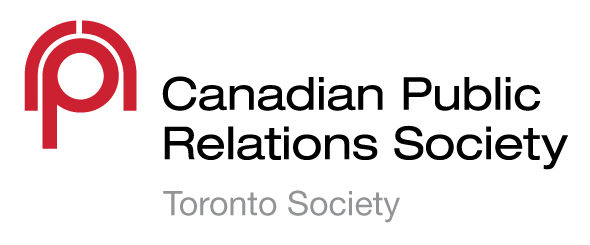 By Robin Smith
By Robin Smith
CPRS Toronto’s ACE Award judges have been poring over your submissions these past few weeks, choosing the best of the bunch. Did you make the cut this year?
To help ease the daunting task of building your “big binder” submission, we sat down with David Scholz, Vice President at Leger Marketing and ACE Awards Judging Co-Chair, to ask him some questions. We talked with Dave about the greatest submissions he’s seen, the best way to get on a judge’s good side, and the easiest way to miss the mark altogether!
What separates the good and the great?
“Sometimes it’s about taking that same old campaign, and turning it on its ear,” explains David. For our ACE judges, the best way to stand out is creativity, plain and simple (pun intended). When you are looking through your submission, take a step back and look at your campaign. What made it different? How did you take something old, and make it new?
“Creativity doesn’t come from the submission,” says David, “It comes from the interpretation of the work you’ve done.” In your submission, you need to show the imagination that went into your plan. It’s this ingenuity that will make you a winner!
What makes reviewing a submission easier for you?
Research-Analyze-Communicate-Evaluate—Use RACE properly!
“Sit down with the RACE formula and make sure you’ve answered all aspects of it.” Sound simple? Let’s do a quick review.
Research: Show how you used research to explore the situation, your organization’s relationship to it, and the publics involved.
Analyze: This is the strategic element. Establish what the key issues of your campaign were, and explain your goals, objectives, and key messaging.
Communicate: How did you get your message across? What were the tactics you used to connect with target publics?
Evaluate: Most important, evaluate the execution of your campaign to
show your results! Evaluation is key to proving the effectiveness of your campaign.
The RACE formula is crucial to showing what your objectives were, and how well you achieved them. If the RACE components are easily laid out, it makes the judging process significantly easier for David and the other judges, meaning they spend more time appreciating your campaign, and less time trying to decipher it.
What is one way you see applicants blow the “big binder” submission?
For David, the devil is in the details, specifically your entry category. One of the most damning mistakes that he penalizes for can often be avoided simply by reviewing carefully.
“You may need to do some tweaking and fixing to make sure it is clear why a piece is in a certain category,” says David. Did you enter your social media campaign under “Best Use of Communication Tools”, when really it should be under “Best Digital Communications”? You might be in trouble. Wrongly categorizing your entry can skew the judge’s review of it, so be sure to review the ACE Award guidelines first.
As you can see, making your submission shine is all about going back to the basics of good public relations: be creative, plan carefully, and be detail oriented! Second round submissions are due March 9, so get cracking!


